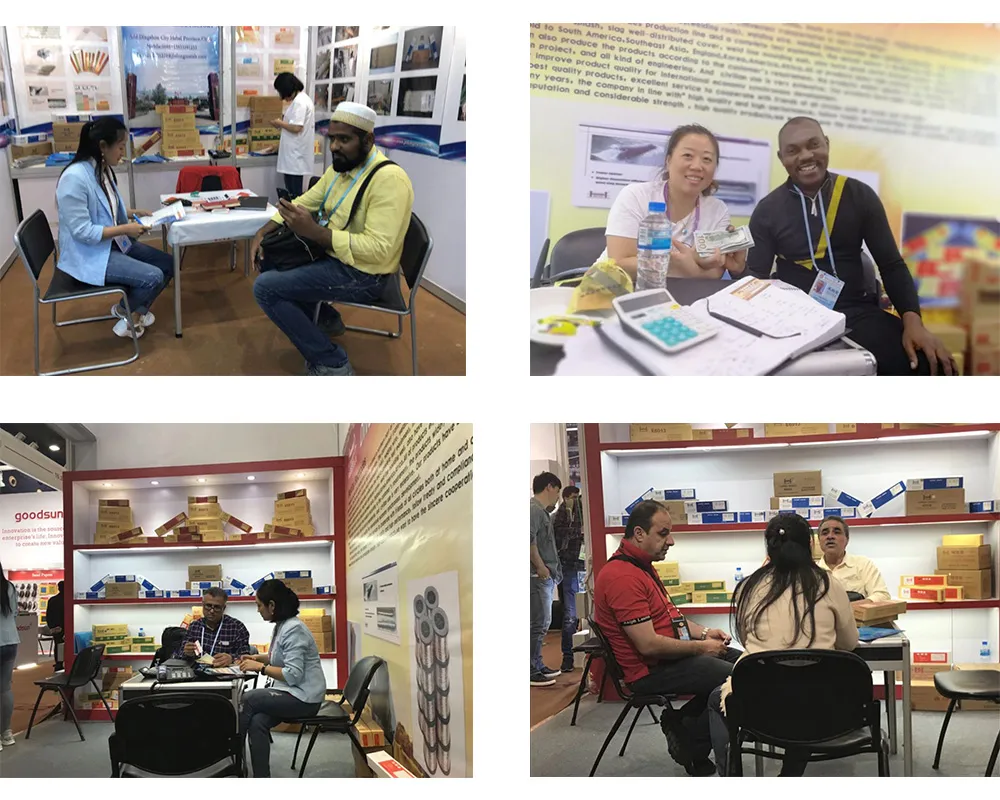what tig electrode for stainless
Feb . 16, 2025 04:40
Choosing the right TIG (Tungsten Inert Gas) electrode for welding stainless steel is a critical decision that directly impacts the quality, durability, and precision of the weld. For those working with stainless steel, the intricacies of this decision cannot be overstated, especially given its widespread use in sectors requiring high corrosion resistance and aesthetic appeal like food processing, medical equipment, and architectural structures. This article delves into the factors that influence the choice of the TIG electrode for stainless steel, providing insights drawn from experience and expertise in the field.
Size Matters In addition to the type of tungsten chosen, the diameter of the electrode is equally important. Common sizes include 1/16 inch, 3/32 inch, and 1/8 inch, each suitable for different amperage ranges and material thicknesses. Opting for a 1/16 inch electrode works best with thin materials requiring lower amperage, while thicker sections are better served with a 3/32 or 1/8 inch electrode to handle higher current without degrading the electrode's lifespan. Preparation and Maintenance Maintenance of the electrode is crucial in ensuring optimal performance. Proper storage in a clean, dry environment prevents contamination. Equally, sharpening or tapering the electrode to a specific angle— typically between 30 to 45 degrees for most applications— allows for a focused, consistent arc, reducing arc wander and ensuring a more accurate weld. Balancing Act Ultimately, choosing the right TIG electrode comes down to balancing performance needs with practical workplace considerations such as safety, environmental impact, and cost. Opting for a trusted brand or manufacturer can significantly boost confidence in the electrode's reliability and performance metrics. High-quality electrodes also minimize the likelihood of requiring frequent replacements, reducing downtime and increasing productivity. The choice of tungsten electrode is foundational to achieving a precise, aesthetically pleasing, and durable stainless steel weld. By understanding the advantages of each type and maintaining expert handling practices, welders can optimize their techniques and consistently produce results that meet industry standards. Whether a seasoned professional or novice, investing the time in selecting the right electrode is crucial for the seamless integration of functionality and form in stainless steel welding projects.


Size Matters In addition to the type of tungsten chosen, the diameter of the electrode is equally important. Common sizes include 1/16 inch, 3/32 inch, and 1/8 inch, each suitable for different amperage ranges and material thicknesses. Opting for a 1/16 inch electrode works best with thin materials requiring lower amperage, while thicker sections are better served with a 3/32 or 1/8 inch electrode to handle higher current without degrading the electrode's lifespan. Preparation and Maintenance Maintenance of the electrode is crucial in ensuring optimal performance. Proper storage in a clean, dry environment prevents contamination. Equally, sharpening or tapering the electrode to a specific angle— typically between 30 to 45 degrees for most applications— allows for a focused, consistent arc, reducing arc wander and ensuring a more accurate weld. Balancing Act Ultimately, choosing the right TIG electrode comes down to balancing performance needs with practical workplace considerations such as safety, environmental impact, and cost. Opting for a trusted brand or manufacturer can significantly boost confidence in the electrode's reliability and performance metrics. High-quality electrodes also minimize the likelihood of requiring frequent replacements, reducing downtime and increasing productivity. The choice of tungsten electrode is foundational to achieving a precise, aesthetically pleasing, and durable stainless steel weld. By understanding the advantages of each type and maintaining expert handling practices, welders can optimize their techniques and consistently produce results that meet industry standards. Whether a seasoned professional or novice, investing the time in selecting the right electrode is crucial for the seamless integration of functionality and form in stainless steel welding projects.
Related Video
Copyright © 2025 Dingzhou Jinlong Metal Production Co., Ltd. All Rights Reserved. Sitemap | Privacy Policy




























